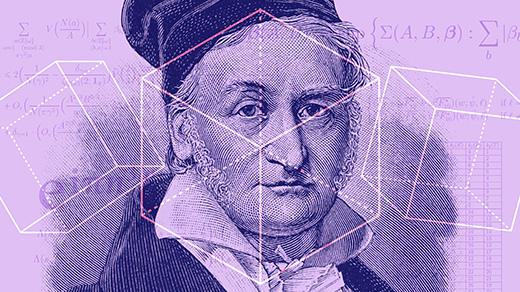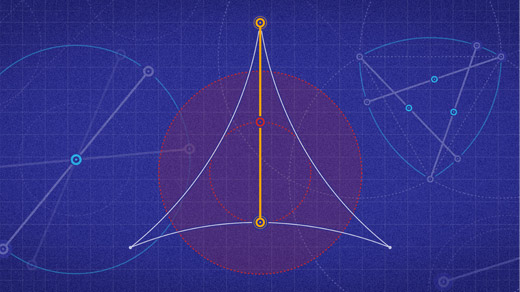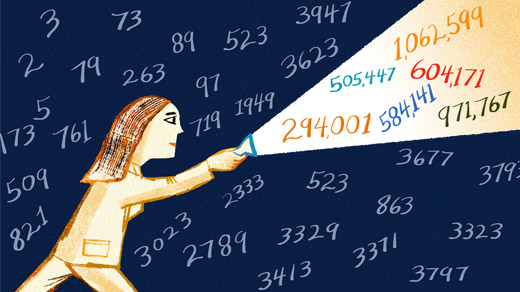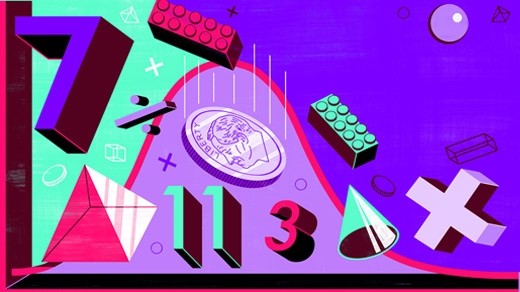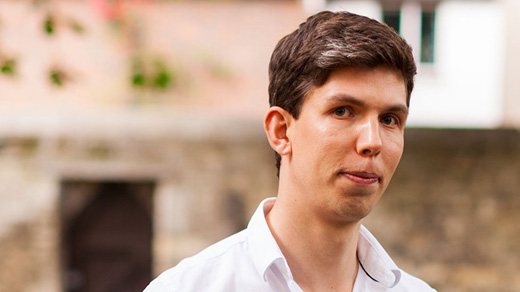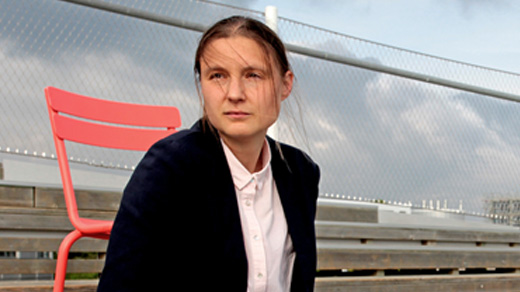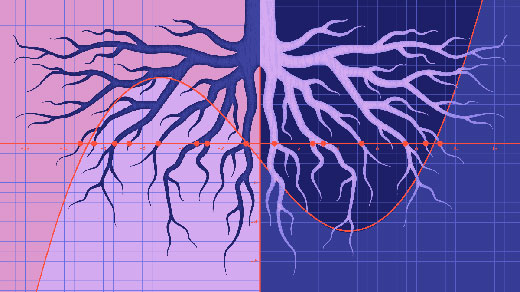What's up in
Number theory
Latest Articles
A Numerical Mystery From the 19th Century Finally Gets Solved
Two mathematicians have proven Patterson’s conjecture, which was designed to explain a strange pattern in sums involving prime numbers.
Mathematicians Crack a Simple but Stubborn Class of Equations
Ever since Archimedes, mathematicians have been fascinated by equations that involve a difference between squares. Now two mathematicians have proven how often these equations have solutions, concluding a decades-old quest.
A Question About a Rotating Line Helps Reveal What Makes Real Numbers Special
The Kakeya conjecture predicts how much room you need to point a line in every direction. In one number system after another — with one important exception — mathematicians have been proving it true.
How Can Infinitely Many Primes Be Infinitely Far Apart?
Mathematicians have been studying the distribution of prime numbers for thousands of years. Recent results about a curious kind of prime offer a new take on how spread out they can be.
How Do Mathematicians Know Their Proofs Are Correct?
What makes a proof stronger than a guess? What does evidence look like in the realm of mathematical abstraction? Hear the mathematician Melanie Matchett Wood explain how probability helps to guide number theorists toward certainty.
A Solver of the Hardest Easy Problems About Prime Numbers
On his way to winning a Fields Medal, James Maynard has cut a path through simple-sounding questions about prime numbers that have stumped mathematicians for centuries.
In Times of Scarcity, War and Peace, a Ukrainian Finds the Magic in Math
With her homeland mired in war, the sphere-packing number theorist Maryna Viazovska has become the second woman to win a Fields Medal in the award’s 86-year history.
Graduate Student’s Side Project Proves Prime Number Conjecture
Jared Duker Lichtman, 26, has proved a longstanding conjecture relating prime numbers to a broad class of “primitive” sets. To his adviser, it came as a “complete shock.”
New Proof Illuminates the Hidden Structure of Common Equations
Van der Waerden’s conjecture mystified mathematicians for 85 years. Its solution shows how polynomial roots relate to one another.
